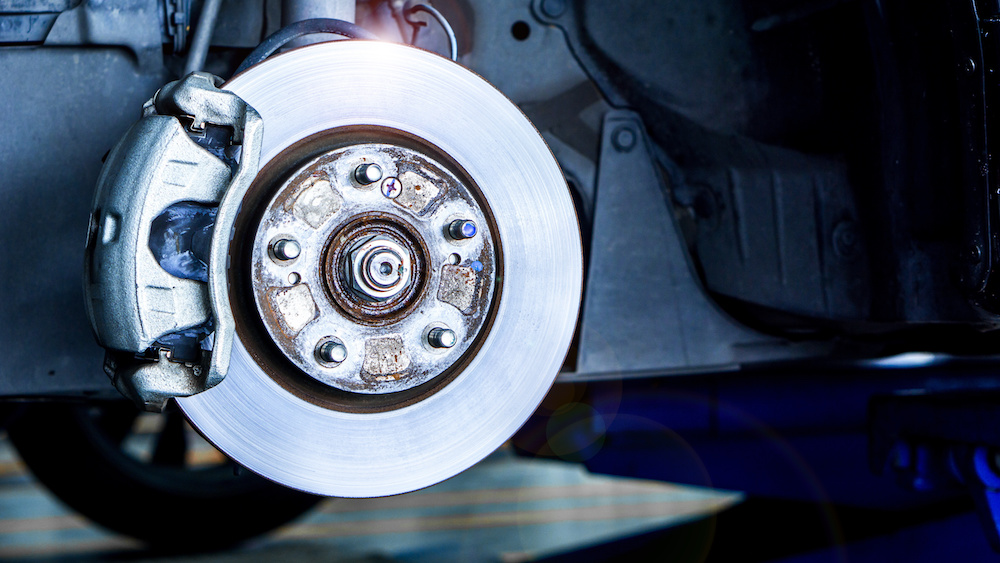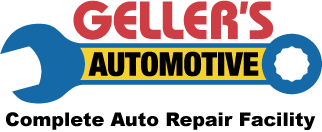
Imagine this scenario:
You are driving on a long, curvy, country road. Daylight is fading quickly into the evening. As you are approaching a curve in the road, a large deer jumps out in front of your vehicle. You slam on your brakes only to avoid hitting the deer by inches!
If you have ever been in this situation or a similar one, you know how important it is for your brakes to work in those split seconds when you need them the most. Having properly functioning brakes can sometimes be a matter of life or death.
In this article, we examine the basic anatomy of your vehicle’s braking system, potential problems that may arise with your brakes, and ways to stay alert to problems with your brakes.
Key Components of the Braking System
There are several key components of your braking system that are important to understand, as follows:
| Braking System Component | Function |
|---|---|
| Brake Fluid | - While not a part, brake fluid plays an important role with your brakes. - When the brake pedal is engaged, brake fluid is forced through the brake lines and causes brake components to expand against the wheels to stop the vehicle. |
| Rotors | - Rotors are metallic discs that rotate during motion of the wheel. - When the brake pedal is depressed, clamps on either side of the rotor are engaged to help stop the vehicle. |
| Brake Pads | - Brake pads are metallic components that squeeze the rotor when the brake pedal is depressed. |
| Calipers | - Calipers are the clamps on the sides of the rotor that push the brake pads against the rotor to slow and brake a vehicle. |
| Drums | - Drums are braking components usually found in the rear-wheels of some vehicles that use springs to push the brake pads. - Drum brakes require less hydraulic force to stop the vehicle, which is why they are located on rear-wheels. |
Common Brake Problems
Since your braking system gets a lot of constant wear and tear – overuse and negligence can lead to a variety of problems. Below are a few of the signs and symptoms that you can be alert to for potential brake issues.
| Braking System Component | Potential Problem(s) | Signs & Symptoms |
|---|---|---|
| Brake Fluid | Leaks | - Puddles under the vehicle near the wheels -Soft or spongy feeling when depressing the brake pedal - Check Brake Indicator light |
| Rotors | Wear from friction | - Vibration during braking - Grooves on the rotor - Noisy braking |
| Brake Pads | - Wear from friction - Dust accumulation | - Squealing or screeching noise during braking - Metallic grinding sounds - Check Brake Indicator light |
| Calipers | Wear from worn rotors | - Pulling to one side when driving the vehicle - Uneven brake pad wear - Leaking brake fluid |
| Drums | - Warping - Dirt accumulation | Vibrations or shuddering when depressing the brake pedal |
If you are experiencing any of the above symptoms with your vehicle when braking, it is advisable to get your brakes checked out. Brake issues will only get more severe when ignored, and can lead to much costlier repairs or even worse, reduced braking performance. You should consider having your brakes checked at least every six months, and include a brake check along with tire rotation.
Don’t get into a situation where your brakes will fail you when you need them most. If you would like a full brake inspection, contact us today to schedule an appointment. The service professionals at Geller’s Automotive in Byram, New Jersey, will conduct a thorough check of your brake components and make any necessary repairs or replacements.



